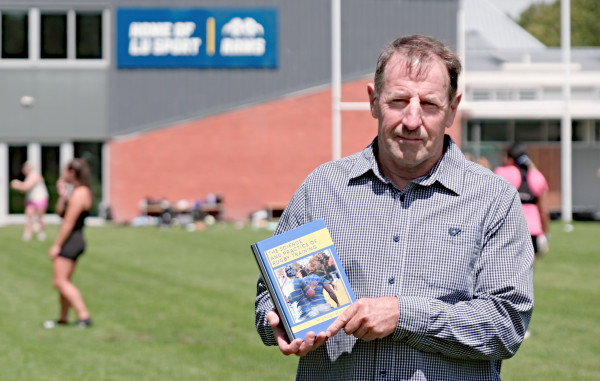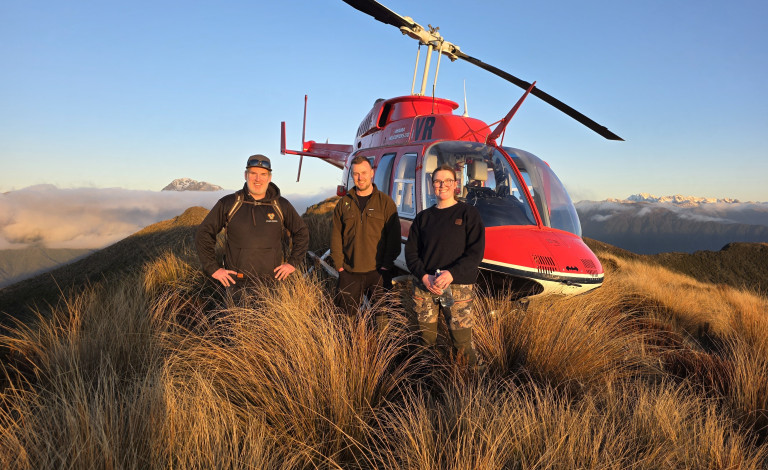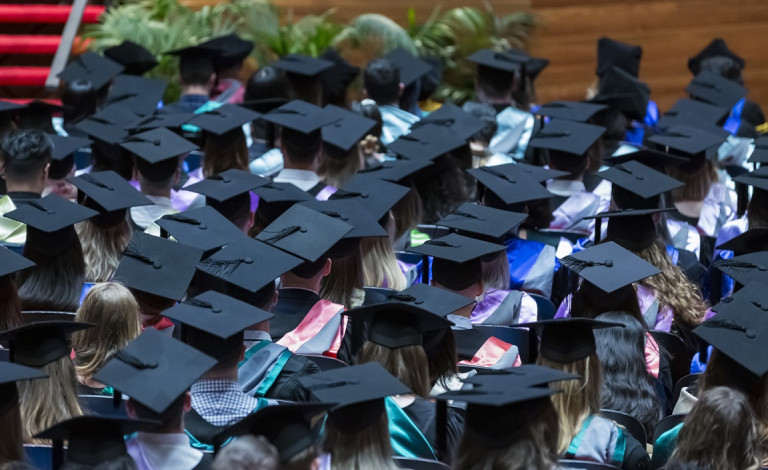New book incorporates decades of research into rugby training methods
31 January 2024 | News
Professor Mike Hamlin has utilised 25 years of sport science research, a range of experts, and some of his students’ work to produce a unique book to help rugby coaches and players.
The Science and Practice of Rugby Training is intended to uncover the science behind current training methods used by strength and conditioning staff for rugby players and help them to achieve the high performance now required by the game as it has evolved in the professional era.

"We look at what the science and research say about the training techniques, but we also put this into practice by illustrating practical ways to incorporate the training knowledge into players’ lives," Professor Hamlin said.
"I had been wanting to bring all the research that we have completed on rugby players together in a book for a while and it was during the first COVID lockdown that I thought I would actually have the time and space to start pulling it all together.
"I am passionate about rugby and have coached for a local club side for the last 20 or so years. Much of my research is also either directly or indirectly related to team sports and in particular rugby.
"Also, rugby is becoming a much bigger and much more professional sport, so trainers and coaches are wanting the latest information on what to do to improve performance," he said.
"The contributors are experts in their fields. Our head strength and conditioning coach, who had been with us at Lincoln for over 10 years, Richard Deuchrass, has a fantastic practical approach to training which has been shaped over the years by all the research I have conducted, so it was a good fit.
"The other contributors are experts in their field who have worked with our athletes, like Renzie Hanham, our mental skills coach and Ashley Jones, a training expert who has worked with the Crusaders and other professional teams, as well as Yaso Kathiravel, our sports medicine doctor, along with Peter Olsen (GPS expert) and Maria Choukri (nutrition), both from Ara Institute of Technology.
"I also utilised some of my students who are either doing their PhDs in the area (Hoani Smith and Nicole Spriggs) or have completed postgrad papers in the area (Richard Downey)," he added.
The book includes chapters on the size and strength of rugby players, on and off-field training, player testing, mental wellness and nutrition, female rugby players and handling the effects of travel on performance.
There is even a chapter from Lincoln sports historian, Professor Greg Ryan, about the origins of the game in New Zealand.
In the book, Professor Hamlin said the introduction of professionalism into the sport in 1995 "probably brought about the greatest changes in the game’s history".
"Rugby players now had more time to spend on getting better at the game by improving their skill level, in particular their playing techniques and fitness. Subsequently, the training of rugby players has followed the professionalisation of the game and become a specialised area of sport training."
He said the book would be an invaluable resource for junior and senior rugby coaches, strength and conditioning coaches, researchers involved in rugby and for students learning how to train team sport players.
"While the practical examples used in the book are specific to rugby players, the scientific knowledge within the book would be useful to many athletes and coaches, thereby increasing the scope of the book to many sports."
Professor Hamlin added it could also be used by anyone interested in the scientific training approach to team sport including coaches, strength and conditioning personnel, physiotherapists, and sport doctors, along with students and sports enthusiasts.
Find out more about studying Sport and Recreation at Lincoln University.


